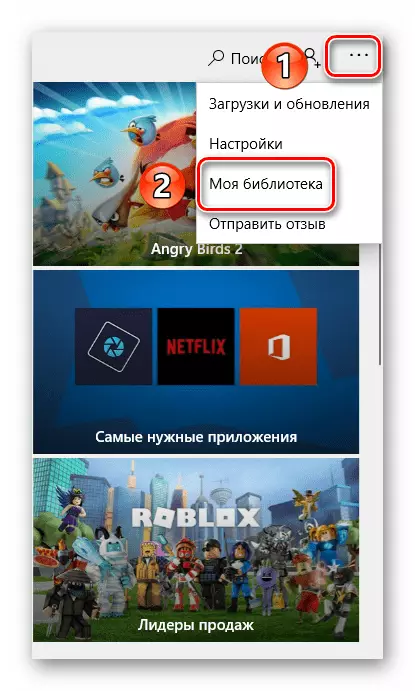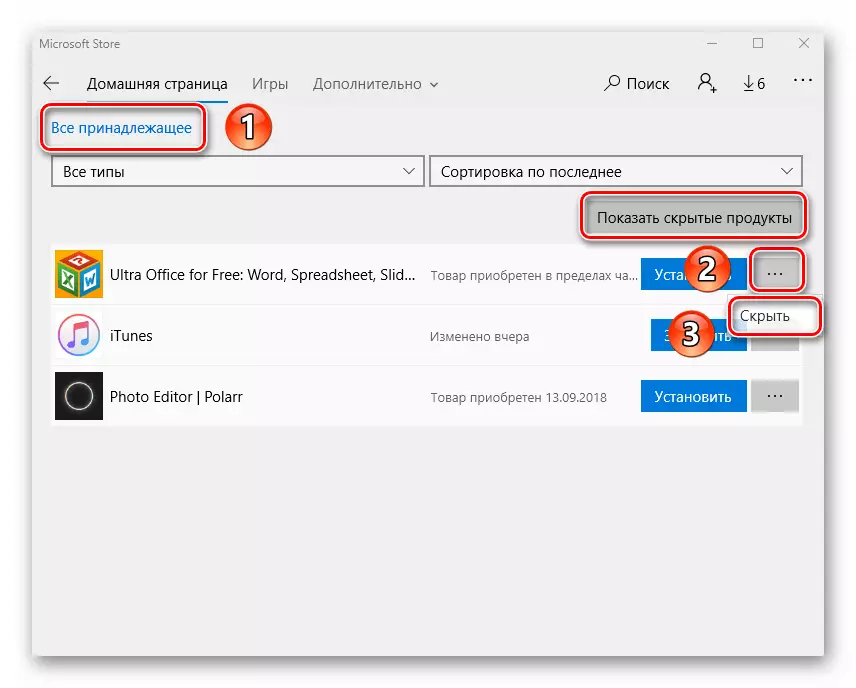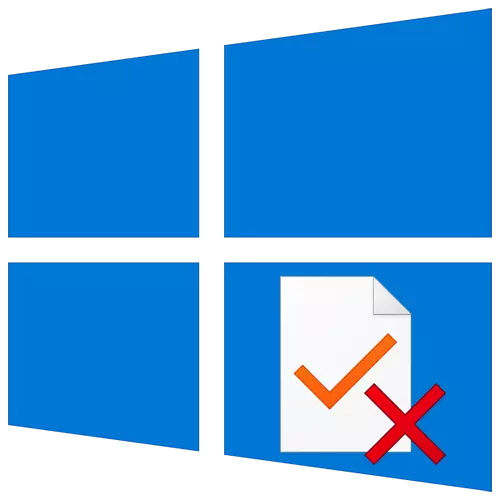
You can install the software in the Windows operating system from both Microsoft brand store and official development sites or third-party sources. After the removal of such programs, as a rule, "tails" remain. From this article, you will learn how to completely delete deleted applications in Windows 10.
Removal of remote software in windows 10
In this manual, we will consider two cases - the remaining files after removing third-party software and the list of applications in the Microsoft account - for each of them we will offer several ways to solve. In turn, you can choose the most suitable, although in the end, they will all give the same result.From third-party sources
Programs received from the Microsoft store often leave after the files in the system. Sometimes they may even be displayed in the list of installed, although they have been removed. Suspend all traces in two ways - manually and with the help of specialized software. Consider both options in more detail.
Method 1: Specialized Software
There are many programs that specialize in high-quality removal of traces remaining after uninstalling other applications. You can get acquainted with the list of the most effective solutions by reference below:
Read more: Programs for removing programs that are not deleted
As an example, we use Soft Organizer, but the algorithm proposed below will be applicable for other programs.
- Run Soft Organizer. In the left part of the window, click the "Traces of Already Remote Programs" button.
- In the window that opens, you will see a list of software, after removing which traces in the system remained. To clean residual entries, click the Delete Tracks button.
- After that, the automatic file deletion process will begin. The advantage of this program is that it also cleans the registry from the remnants of uninstalled software. Upon completion of the operation, you will see a successful cleaning message. All open windows can be closed, since the set goal is made.
- Open the Windows Explorer and go to the "Documents" folder. By default, the link to it is in the left side of the window.
- Check if there is a directory in this folder that refers to a previously remote program. As a rule, it has the same name as the software itself. If there is, then simply remove it with the standard way, placing in the "basket" or by passing it.
- Similarly, you need to check other folders - "Program Files" and "Program Files (X86)". If you have a 32-bit system, the last folder will be absent. They are at the following addresses:
C: \ Program Files \
C: \ Program Files (x86) \
It is in these directories that all programs are installed by default. If after uninstalling the folders remained in them, simply delete them, but be careful not to affect the superfluous.
- The next step will be clearing the directories that are hidden from the user. To access them, open the "Explorer" and click on the address bar Right-click. From the context menu that appears, select Change Address.
- In the activated field, enter the command% AppData% command, then press "ENTER" on the keyboard.
- A list of directories that are created when installing a program or another will appear. As in other folders, you need to find remnants of remote software by name. If you find them - boldly remove.
- Further in the same way, through the address bar, go to the% LocalappData% catalog. If there are traces of remote applications - erase them.
- Now you need to check the registry. All further actions should be performed very carefully, otherwise you can harm the system. To call the editor, press the "Windows + R" keys and enter the REGEDIT command in the window that has opened windows and press ENTER.
- When the Registry Editor window opens, click on the "Ctrl + F" combination. This will allow you to open the search box, which can also be called through the Edit menu and item "Find".
- Enter the program name or name of the manufacturer in the search field. It is difficult to guess how exactly the keys in the registry will be stored. After entering the query, click the Find Next button.
- After some time, the registry tree will open in the place where the coincidence is found on the search query. Please note that it can be both a whole folder and a separate file within another directory. Remove the found element, then press the "F3" button to continue the search.
- Repeat the search until the window will appear with the "Search in the Registry Completed" message. This means that there are no more coincidences. In such a situation, you can close the registry editor, since you erased all traces of previously deleted programs. If you wish, you can repeat the search with another query.
- Open the Microsoft Shop App. In the right corner of the window, click the button with the image of three points, and then select the "My Library" line from the drop-down menu.
- In the next window, turn on the "all belonging" display mode. Then locate the program you deleted from the computer. Click the button with three points opposite it and select "Hide" from the drop-down menu.
- Unfortunately, delete software completely from the library at the moment you can not. This is done for security reasons, as much software is bought for money. Remember that you can at any time look all the programs hidden in this way - just press the "Show Hidden Products" button marked in the screenshot above.
- Next, you need to check if there is no folder and files from the remote software of Microsoft in the root system. To do this, open the "Explorer", press the "View" button at the top of the window. In the drop-down submenu, put a tick near the "Hidden Elements" row.
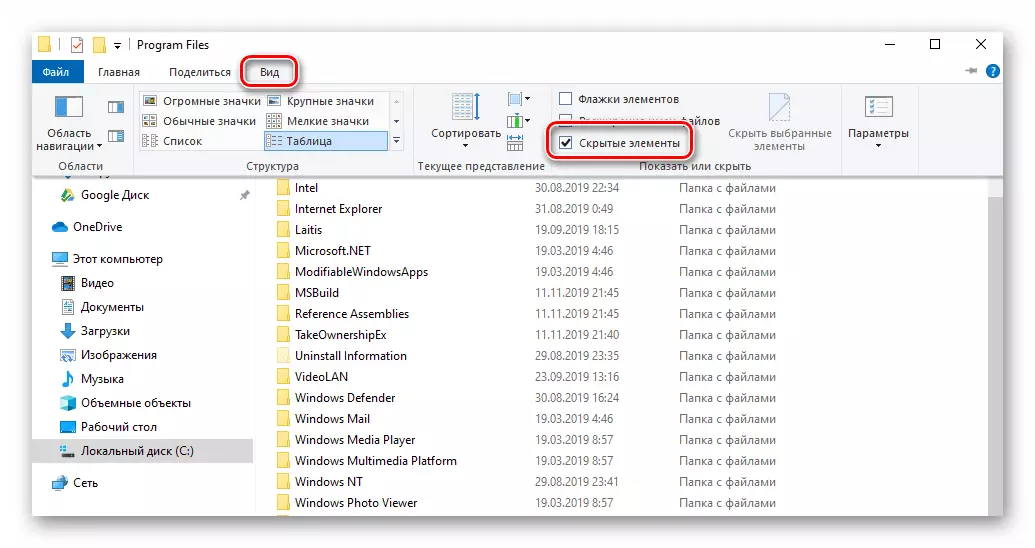
By performing the actions described in the article, you can easily clean the system from residual files. The most important thing is not to rearrange and not delete too much, since in the worst case you will have to restore the system.
READ ALSO: Restore Windows 10 to the initial state
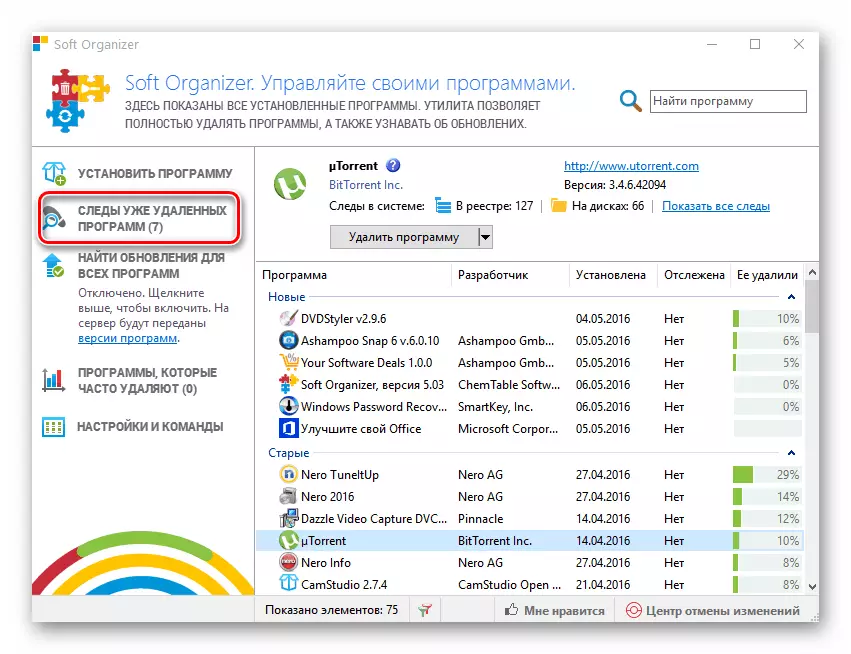
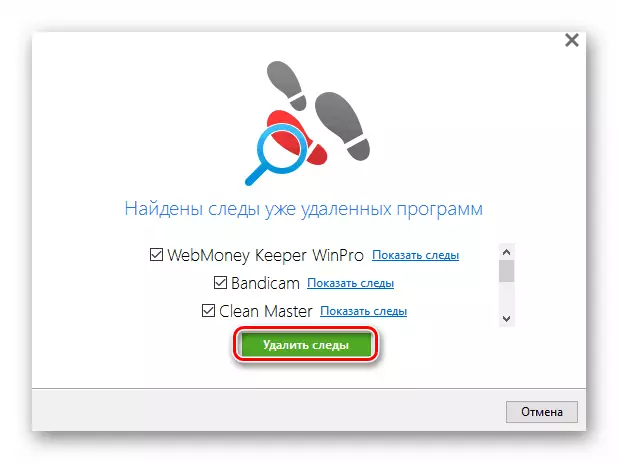
Method 2: Manual cleaning
Unfortunately, even the most advanced programs are not always able to correctly and completely erase the remnants of the remote software. In such cases, you have to do everything yourself. This means that you need to check all the main folders and the registry for excess files. Follow these steps:
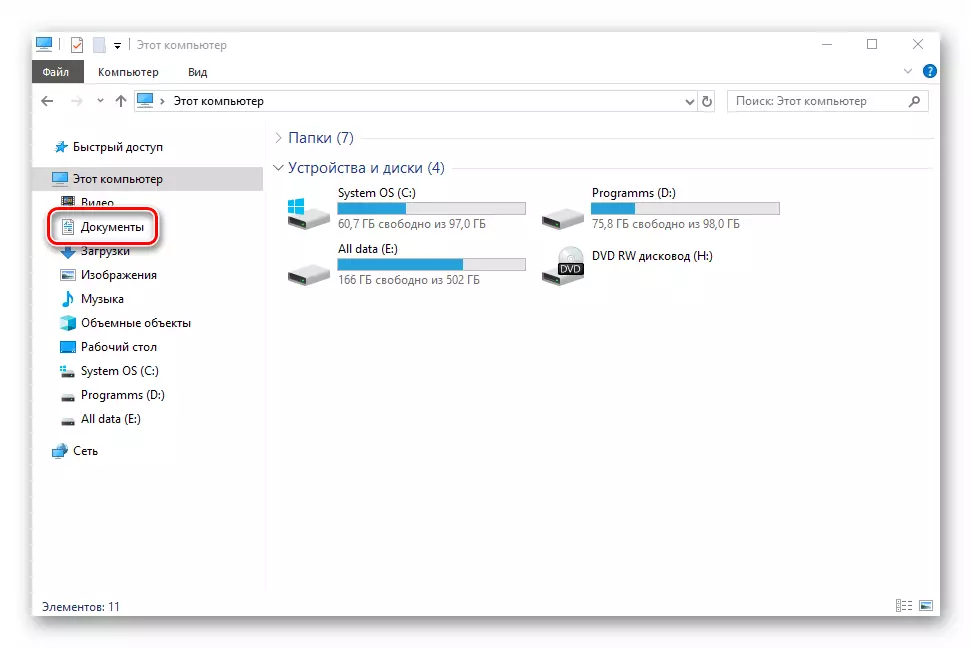
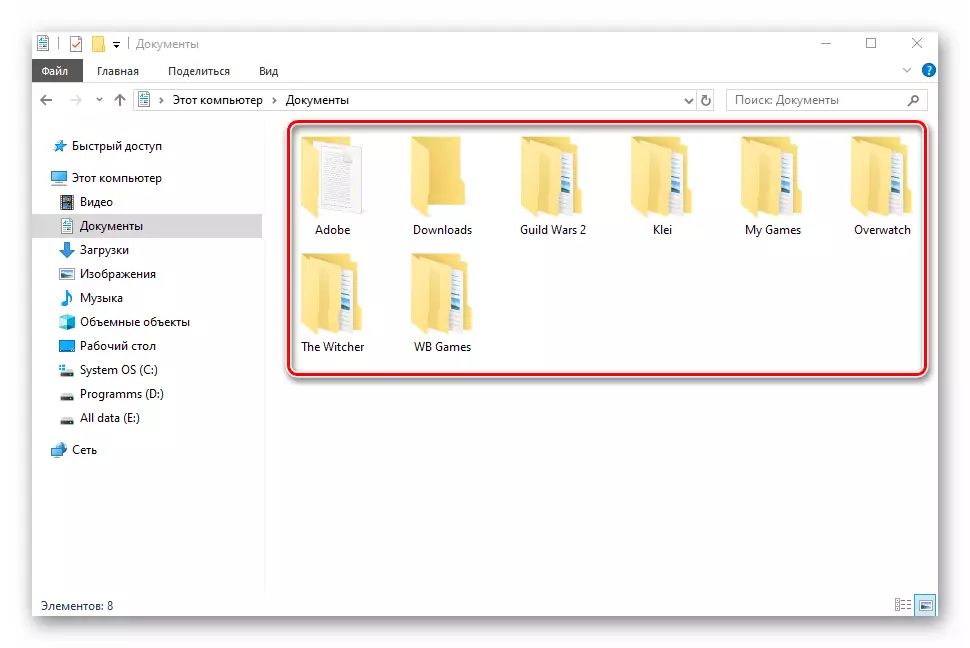
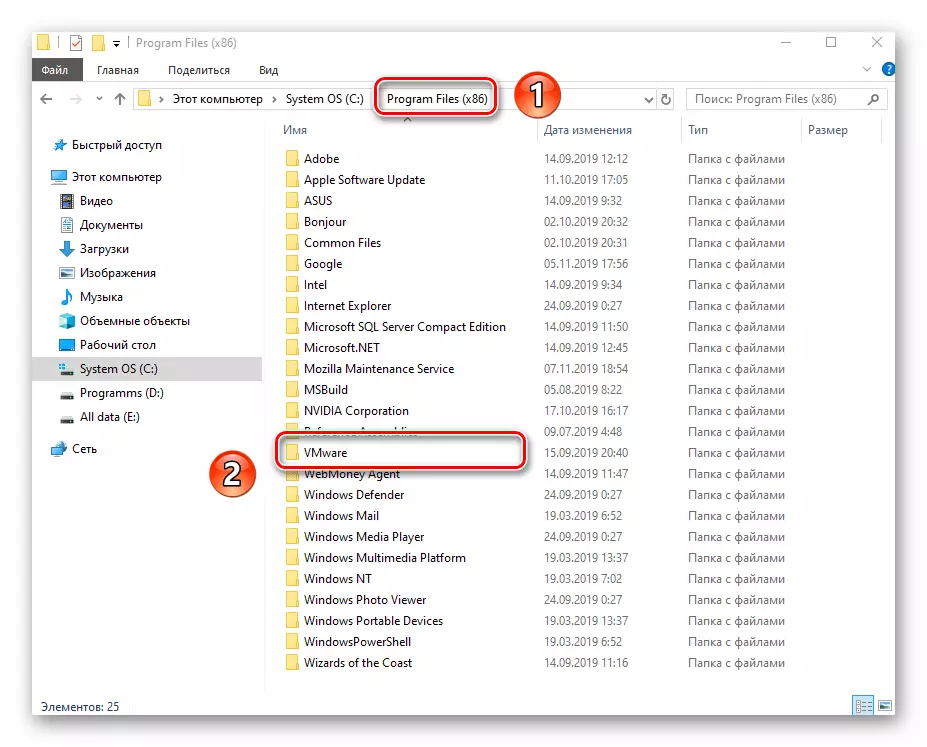
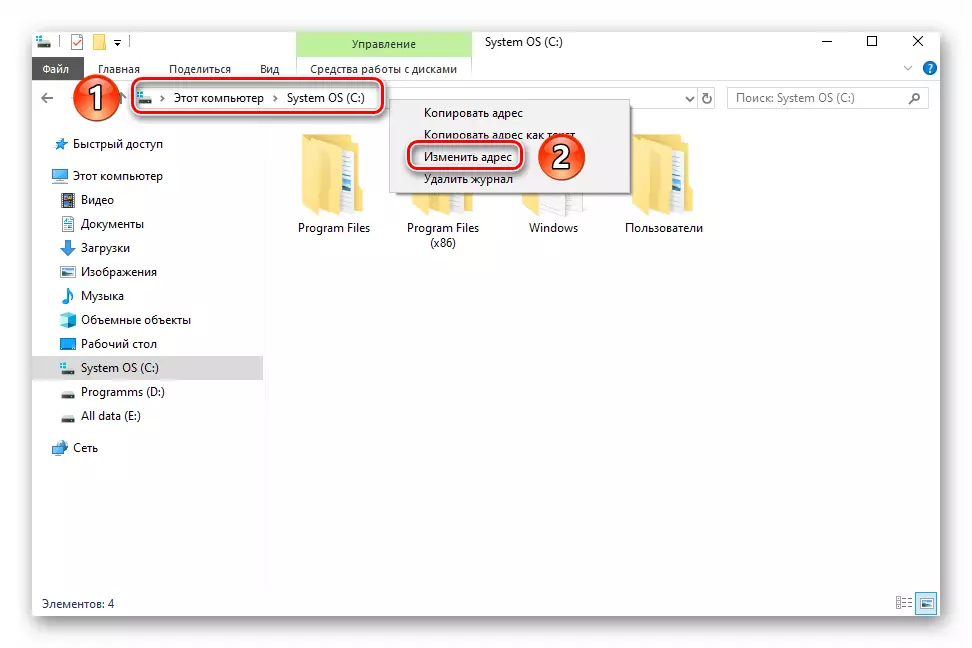
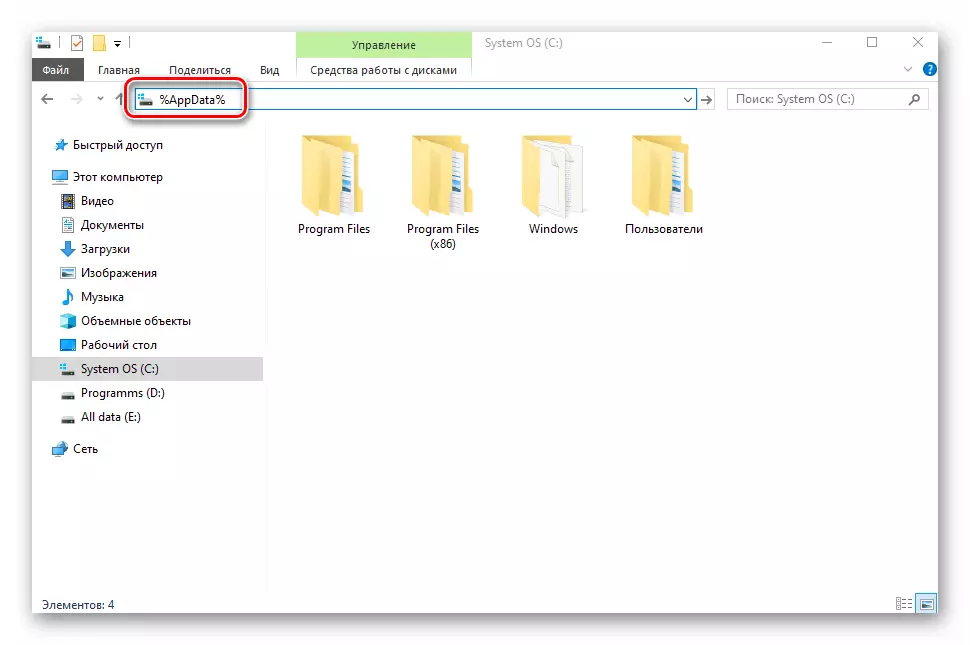
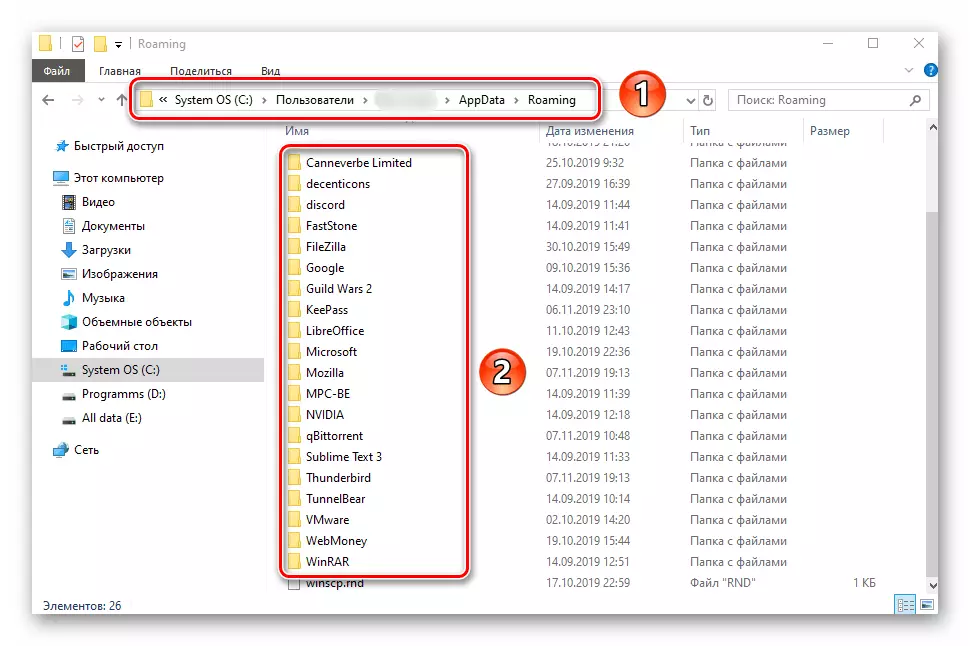
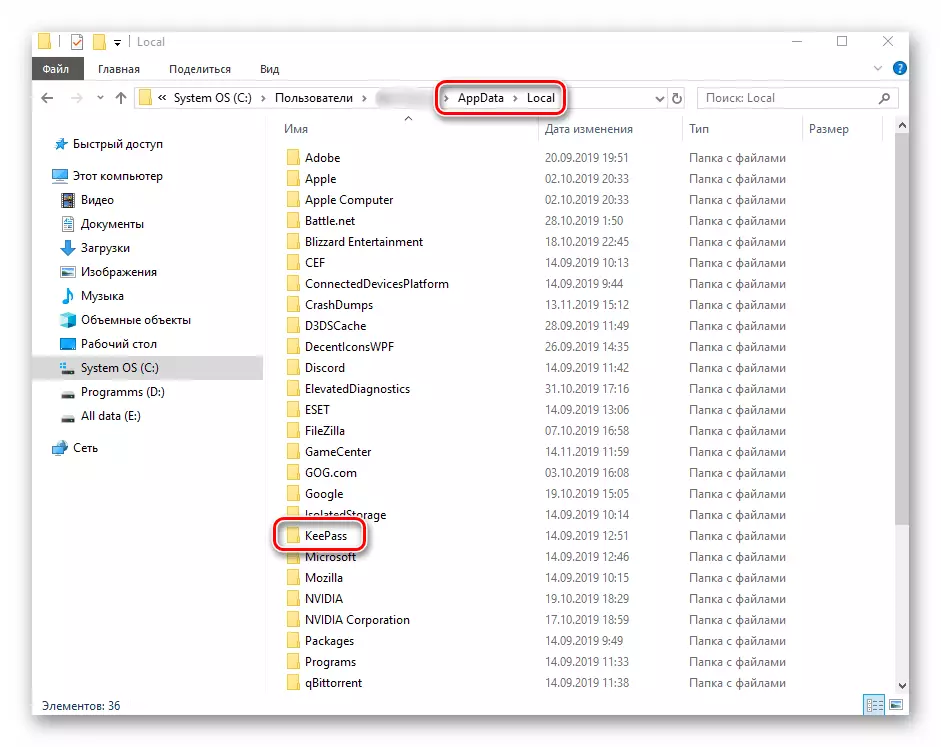
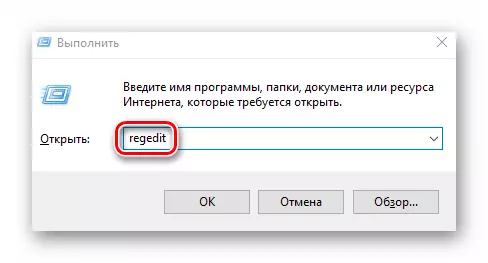
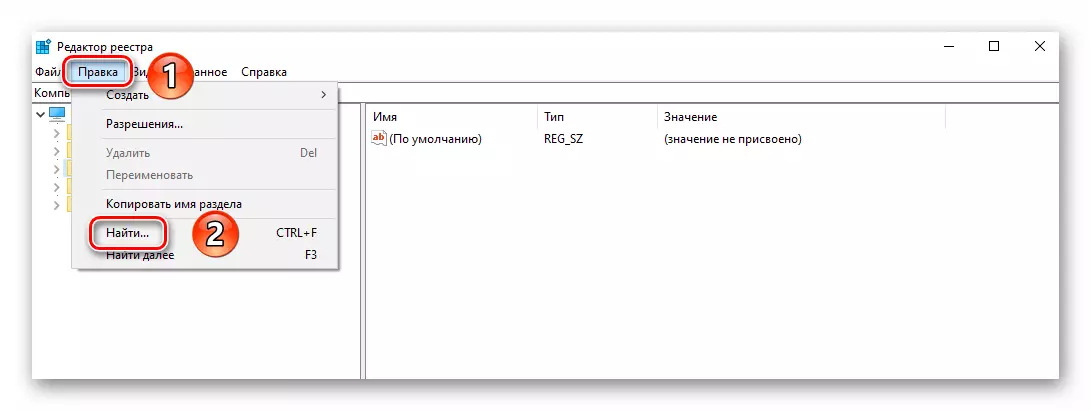
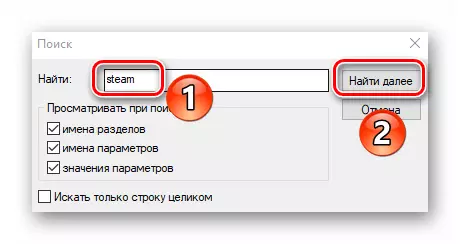
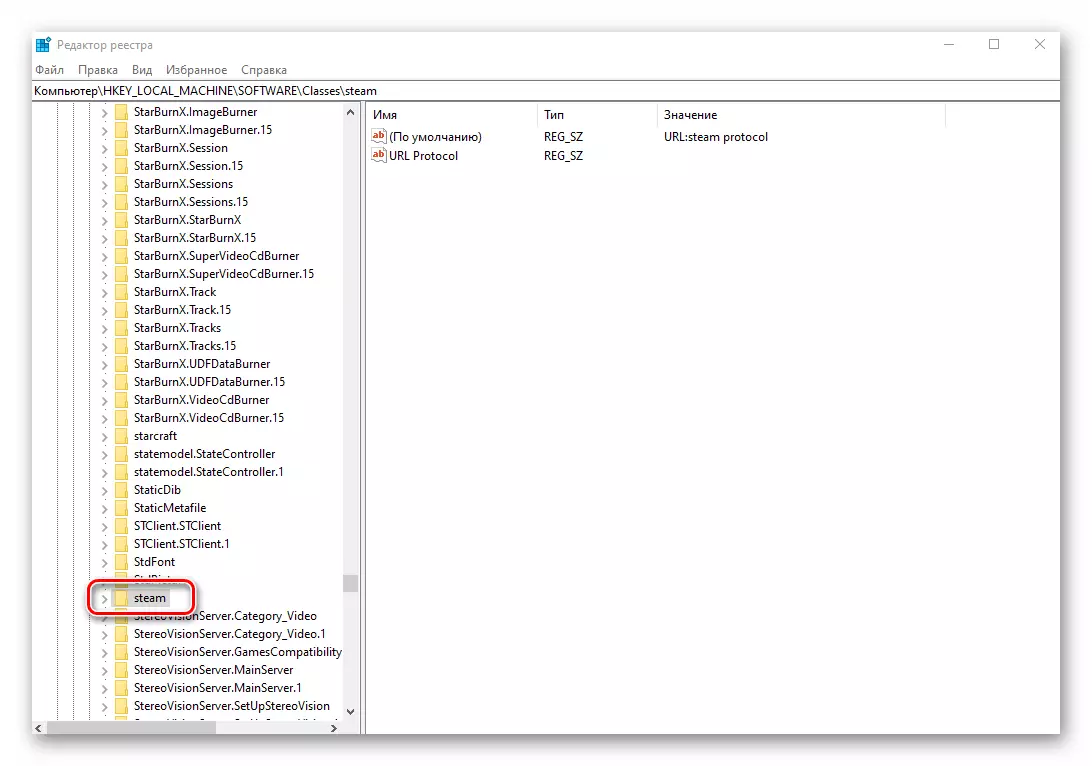
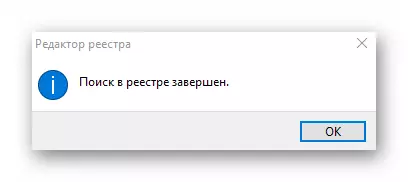
MICROSOFT stores
Now consider the situation when you need to get rid of the remnants of applications or games that were previously installed through the built-in Microsoft Store. To do this, you will need to perform the following actions:
